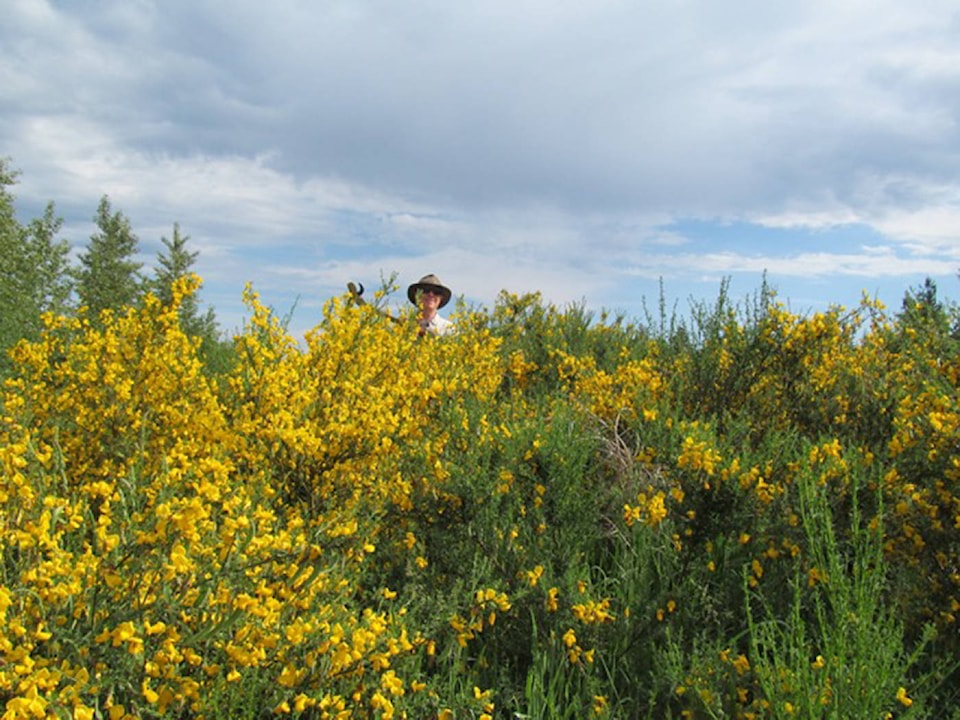Love it or hate it — wait what? Who loves it? Turns out some do. But very few.
Scotch Broom is an invasive plant whose bright yellow flowers blanket many areas around Vancouver Island. While it can be argued that it’s pretty, and some do make that argument, readers have let us know it’s generally abhorred.
“I like the vivid yellow broom blossoms that are now appearing and that cloak a lot of the Malahat highway area. However, it IS an invasive plant so should be controlled,” wrote John Newcomb on the Citizen’s Facebook page.
The Municipality of North Cowichan recently received a grant of $22,500 over three years to help manage the spread of invasive plants in the region, though that won’t help the rash of broom on the Malahat.
RELATED: North Cowichan receives grant to help deal with invasive plants
Readers told us the broom has got to go — and for multiple reasons.
“Have you ever seen how fast it burns! Fire hazard fuel for fires,” wrote Linda Gray.
“It is taking out natural habitat growth for species that need it, it needs to be completely eradicated across the island,” added Marie Blue.
“Yeah!” wrote Danielle Vaugeois. “Get rid of it so local plants can thrive!”
Lori Frankson agreed. “Remove it! Awful plant especially for allergy sufferers,” she wrote.
Lorna Stewart had another, more humorous take.
“Well, it was brought here from Scotland, and it will never leave! Being Scottish, I love to see it here,” she wrote.
“From Scottish settler who was lonesome for home,” explained John Wm Charlie.
“One of my crazy relatives no doubt,” replied Maureen Deptuck.
According to the BC Forest Practices Branch, Captain Walter Colquhoun Grant brought seed to Vancouver Island in the 1850s.
“For years broom was regarded as a beneficial plant. During pioneering times, the seeds of broom were roasted and used as coffee substitute, while new shoots were used as a replacement for hops in beer production,” said a provincial information page on broom. “However, it is now known that the leaves, buds and pods of broom contain toxic chemicals or substances that can affect the nervous system and the heart.”
The page notes broom is difficult to eradicate, but cutting the plant stem close to the ground often kills the plants if they are old or under maximum drought stress.
Crushing the plants and burning them also tends to get the job done. Grazing goats also work, “although grazing may have to be repeated to treat sprouts from cut stems and banked seeds,” said the information page.
(Wikipedia also notes he is credited with bringing the sport of cricket to the Island around the same time. You win some, you lose some.)
For more information about broom removal, or to help, visit http://www.broombusters.org/north-cowichan/
